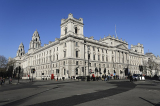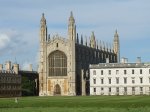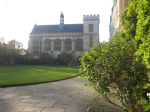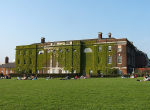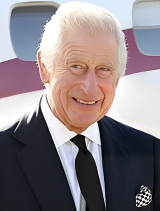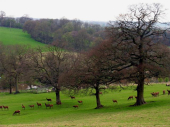
For decades, Tesco has stood as a beacon of convenience for British shoppers, its bold red logo a familiar sight on high streets across the nation. Yet, the true origins of the Tesco
name have remained a mystery to many—until now.
Customers are experiencing a revelation as they delve into the history behind the Tesco moniker. The roots of this retail giant can be traced back to its visionary founder, Jack Cohen, who embarked on his entrepreneurial journey in 1919.
Cohen, the son of Polish Jewish immigrants, commenced his business endeavor by selling a variety of goods from a humble market stall in Hackney, East London. Investing his savings from his service in the Royal Flying Corps during World War I, Cohen kick-started his venture with a modest stock of goods.
In 1923, the iconic 'TESCO' name came into existence when Cohen struck a deal to purchase tea from T. E. Stockwell. Demonstrating his ingenuity, Cohen combined the initials of his tea supplier with the first letters of his own surname, giving birth to the Tesco brand.
The inaugural Tesco store opened its doors in Edgware, North London, in 1929, marking the inception of what would become a retail empire. By 1939, Cohen's enterprise had expanded to encompass 100 stores, a testament to his entrepreneurial acumen.
The first Tesco supermarket emerged in 1958, with the launch of a store in Essex, heralding a new era in retailing. Tesco's official website chronicles this evolution, detailing the transition from modest shops to expansive supermarkets. Early Tesco stores featured counter service, offering a range of goods such as cheese, butter, and meats, weighed and sold by attentive sales assistants.
Though Cohen passed away in 1979, his legacy lives on through Tesco's enduring presence, with over 4,000 stores scattered throughout the UK. From its humble beginnings to its current status as a retail powerhouse, the Tesco name continues to symbolize innovation, convenience, and quality for shoppers nationwide. Photo by Gerald England, Wikimedia commons.











